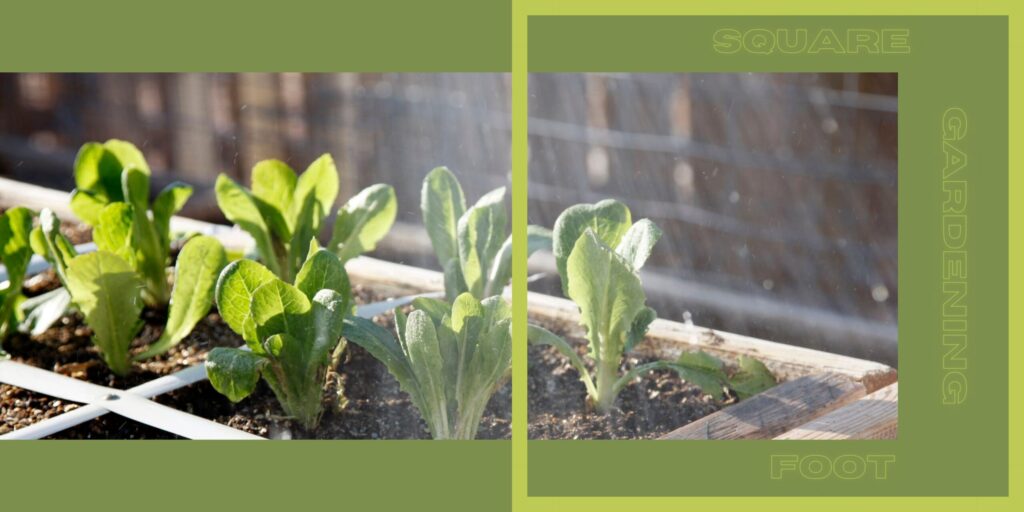square foot gardening
The benefits of square foot gardening are outlined in this post. A simple approach to constructing compact, organised, and very productive kitchen gardens is known as ‘Square Foot Gardening’. It was conceived by a backyard gardener, retired engineer, and efficiency expert, Mel Bartholomew, as an improved technique to raise a vegetable garden. It turned out to be a major hit when he pioneered the notion to the gardening public. It happened in 1981, and he instigated the term ‘Square Foot Gardening’ in his book of the same name.
The process of segregating the growing area into small square parts, typically one foot (30 cm) on each side, is known as square foot gardening. The goal is to help design and construct a modest yet densely planted food garden. It results in a basic and organised gardening system, from which it takes much of its attractiveness.
For decades, the square foot garden has been a term in the gardening industry, heralding a revolution in small-space gardening worldwide. It takes little insight to decipher what this fundamental principle entails. It entails taking precise measurements of horticultural plots. Planning ahead of time can make a big difference in how much food you produce and how much waste you thwart.
A raised four by four foot (1.2 m 1.2 m) square bed with a grid was created by Bartholomew. The grid was created by dividing these four-by-four square beds into sixteen ‘one-foot’ squares. Depending on the plant’s total size, each square is seeded with a distinct crop species using a formula of one, four, nine, or sixteen plants per square. Once a “square foot” has been collected, a new crop can be grown to ensure that the harvest continues. Each square is used for a different sort of plant (crop rotation) within the optimal season to encourage a range of crops in succession and prevent pests.
Densely planted crops have the advantage of forming a live mulch and preventing weeds from starting up or sprouting. In addition, natural insect repellent measures such as companion planting (for example, raising marigolds or other indigenously pest-repellent plants) become more effective in a small space, potentially reducing the need for pesticides. It encourages forgoing the use of pesticides, similar to the fertility farming method. Plant diseases are also prevented from spreading easily due to a compact region’s great range of crops.


